VSEPR Theory tells us about the basic structure of the molecules based on the force of repulsion between lone pair and bond pair of electrons. It states that any molecule arranged in such a structure minimizes the repulsion between the lone pair and bond pair of the molecule.
Let’s learn more about VSEPR theory in detail, including its postulates, limitations, and examples.
What is VSEPR Theory?
VSEPR stands for Valence Shell Electron Pair Repulsion. As the name suggests this theory is used to find the shape of the molecule by taking into account the force of the electron pairs and lone pairs of the molecule. According to this theory, any molecule formed by sharing of electron pair between two or more atoms tends to take such shapes that minimize forces between the electron pairs or lone pairs of electrons.
The various geometries of the molecules according to the VSEPR theory are discussed in the table below:
|
Number of Electron Or Lone Pair
|
Electron Pair Geometry
|
No Lone Pair
|
1 Lone Pair
|
2 Lone Pairs
|
3 Lone Pairs
|
4 Lone Pairs
|
|
2
|
Linear |
Linear |
–
|
–
|
–
|
–
|
|
3
|
Trigonal Planar |
Trigonal Planar |
Bent |
–
|
–
|
–
|
|
4
|
Tetrahedral |
Tetrahedral |
Trigonal Pyramidal |
Bent |
–
|
–
|
|
5
|
Trigonal Bipyramidal |
Trigonal Bipyramidal |
Sawhorse |
T-shaped |
Linear |
–
|
|
6
|
Octahedral |
Octahedral |
Square Pyramidal |
Square Planar |
T-Shaped |
Linear |
VESPR Theory states that the repulsion between two electrons is because of the Pauli Exclusion Principle.
Postulates of VSEPR Theory
Various postulates of the VSEPR Theory are,
- All the electron pairs in the molecule are arranged in such a way that they minimize the repulsion between the electron pairs of the atom.
- The central atom of the polyatomic atom is the atom to which all the other atoms of the molecule are linked.
- Valance Shell electrons of the molecule are responsible for the shape of the molecule.
- The valence shell of the molecules is arranged in such a way that the distance between them is maximum and the repulsion between them is minimum.
- If the central atom of the molecule is surrounded by bond pairs of electrons, then the asymmetrically shaped molecule is formed.
- If the central atom of the molecule is surrounded by lone pairs and bond pairs of electrons, then the shape of the molecule so formed is distorted.
- In each resonance state of the molecule, their structure is explained using the VSEPR theory.
- The force of repulsion between the lone pairs, lone pair, and bond pair, and bond pairs follows the order.
Lone Pair – Lone Pair > Lone Pair – Bond Pair > Bond Pair – Bond Pair
Predicting Shapes of Molecules
We can easily predict the shape of the molecules using the VESPR theory using the following rules :
- The least electronegative element of the molecule must be chosen as the central element. This atom can easily share its electron with other atoms of the molecule.
- The lone pairs of the central atom are counted by taking the central atom’s outermost shell into account.
- The electrons shared by other atoms with the central atom are accounted as the bond pair of electrons.
- The lone pair and the pair are sums to find the VESP number of the molecule which is used to explain the shape of the molecule.
VSEP Number
VSEP number of a molecule is the number that describes the shape of the molecule. We easily find this number by taking the sum of the Lone Pairs and Bond Pairs of the molecule. Various Shapes of molecules according to the VSEP number is tabulated below:
|
VSEP Number
|
Shape of Molecule
|
| 2 |
Linear Structure |
| 3 |
Trigonal Planar Structure |
| 4 |
Tetrahedral Structure |
| 5 |
Trigonal Bipyramidal Structure |
| 6 |
Octahedral Structure |
| 7 |
Pentagonal Bipyramidal Structure |
The various shape of the molecules are discussed in the article below,
Linear Shape of Molecule
The molecule in a linear shape is arranged in such a way that it has two valance shells and the bond pair in this arrangement are arranged in such a manner that their repulsion is minimum, this is achieved by taking the bond pair in opposite directions.
BeF2 is an example of a Linear Shape Molecule.
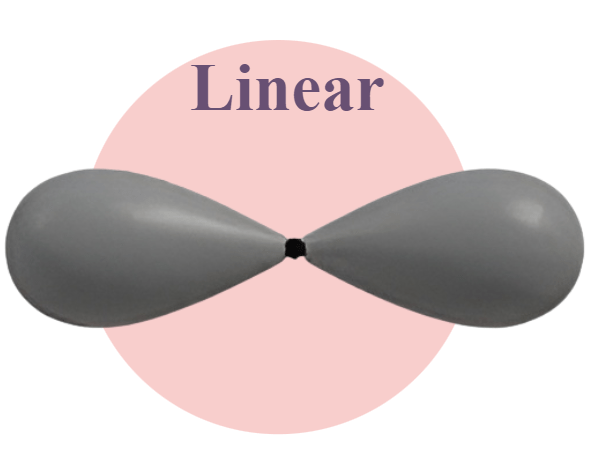
Trigonal Planar Shape of Molecule
There are three molecules attached to the central atom in the Trigonal Planer molecule. The molecules in the trigonal planar structure are arranged in the form of an equilateral triangle which helps them to reduce the repulsion between the electron pairs of the atoms.
BF3 is an example of a Trigonal Planar Shape Molecule.
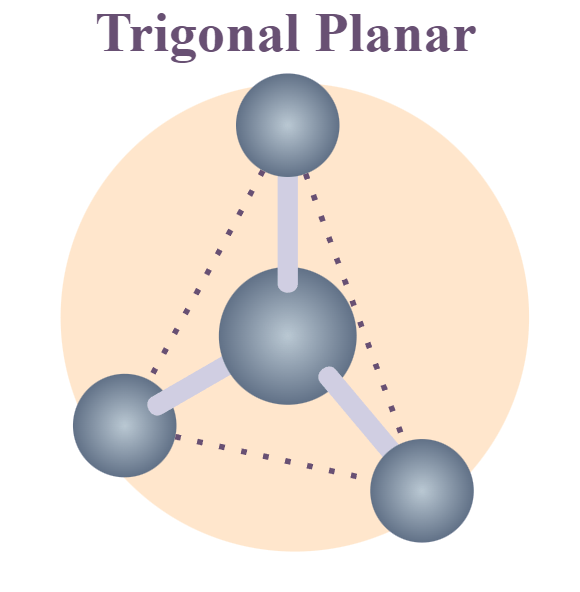
Tetrahedral Shape of Molecule
There are four molecules attached to the central atom in the Tetrahedral molecule. The molecules in the tetrahedral structure are arranged in the form of a tetrahedron, which helps them to reduce the repulsion between the electron pairs of the atoms.
CH4 is an example of a Tetrahedral Shape Molecule.
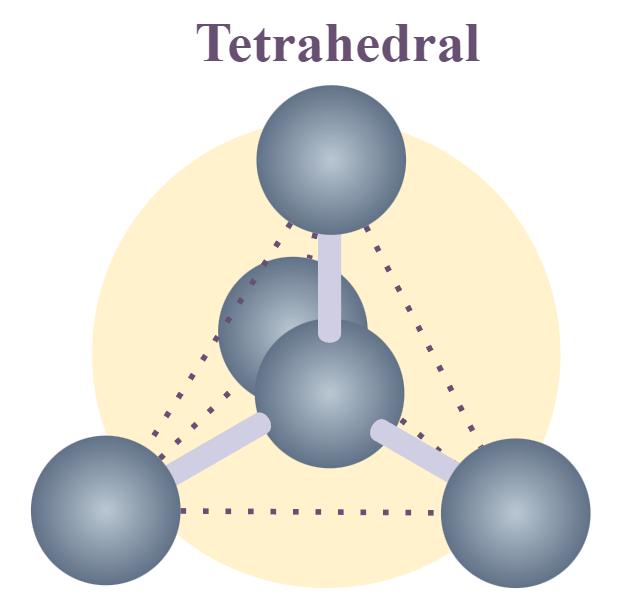
Trigonal Bipyramid Shape of Molecule
There are five molecules attached to the central atom in the Trigonal Bipyramid molecule. The molecules in the trigonal bipyramid structure are arranged in the form of a triangular pyramid, which helps them to reduce the repulsion between the electron pairs of the atoms.
PF5 is an example of a Trigonal Bipyramid Shape Molecule.
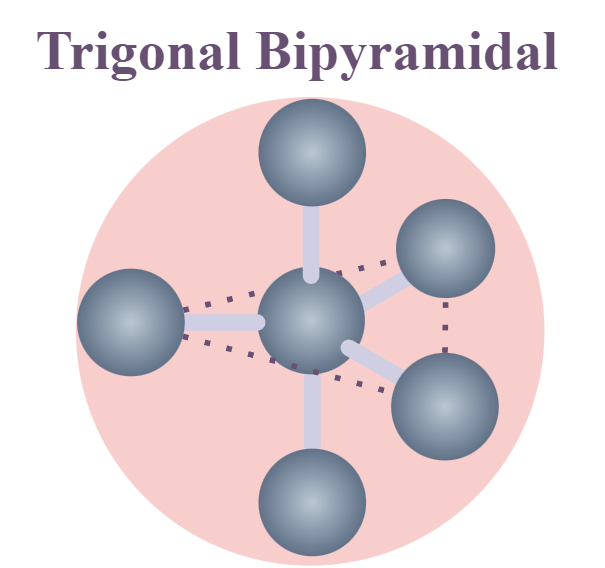
Octahedral Shape of Molecule
In Octahedral shape, the central atom attaches 6 different atoms i.e. in total there are 6 bond pairs. These 6 bond pairs and the central atom arrange Octahedral to minimize electron repulsion.
An example of an Octahedral Shape is SF6.
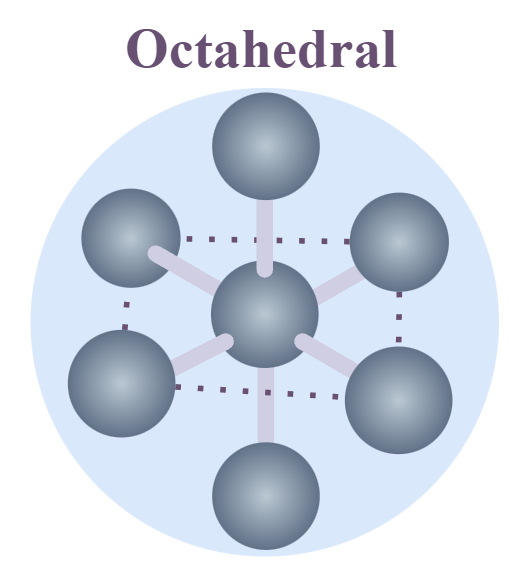
Pentagonal Bipyramidal Shape of Molecule
In Pentagonal Bipyramidal Shape, the central atom is attached to seven atoms at the corner to minimize the repulsion between the electron pairs.
An example of a Pentagonal Bipyramidal Shape is IF7.
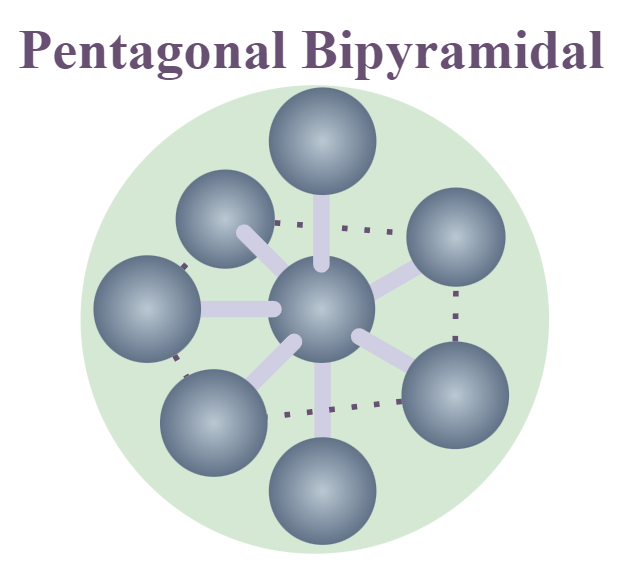
VSEPR Shapes of Molecules
We know that VSPER theory minimizes the force between the bond pair and lone pair electrons of atoms and the structure so formed also follows this rule. So using this theory we can easily predict the shape of the molecule if all the bond pairs and the lone pairs of the molecule are known to us.
The force of repulsion between Lone Pair- Lone Pair, Lone Pair- Bond Pair, Bond Pair- Bond Pair (BP – BP) is in the order mentioned below:
Lone Pair- Lone Pair (LP – LP) > Lone Pair- Bond Pair (LP – BP) > Bond Pair- Bond Pair (BP – BP)
Now we can predict the shape of the molecule by first finding the total electron pairs around the central atom using the formula,
Total Electron Pairs = ½ (Number of Valence Electrons of Central Atom + Number of atoms attached to Central Atom by single bonds)
For Negative and Positive ions electron pairs are calculated as,
Negative Ions: In negative ions, we add the number of electrons equal to the units of negative charge on the ion to the valance electrons of the central atom.
Positive Ions: In positive ions, we subtract the number of electrons equal to the units of positive charge on the ion from the valance electrons of the central atom.
- If we have only two atoms then the shape of the molecule so formed is linear.
- If the central atom is only surrounded by the bond pair of similar atom then the structure of the atom is symmetrical and have regular geometry.
- If the central atom is only surrounded by the bond pairs and lone pair of electrons then the structure of the atom is unsymmetrical because of the lone pair-lone pair and bond pair-lone pair repulsions, and thus the structure so formed have a distorted geometry.
Limitations of VSEPR Theory
The limitations of VESPR Theory are :
- It fails to account for the different structures of isoelectronic species (i.e. elements having the same number of electrons). Why do these species having the same number of electrons, differ in their shapes?
- It is unable to explain the formation of metal complexes.
- The bent structure of halides is also not explained using the VESPR theory.
Related :
FAQs on VSEPR Theory
What is VSEPR Theory Full Form?
The full form of VSEPR Theory is Valence Shell Electron Pair Repulsion Theory.
What is VSEPR Theory?
VSEPR Theory is the fundamental theory of Chemistry that is used to define the structure of various molecules. this theory states that molcecule so formed are arranged in such a structure that they minimise the repulsion between the atoms.
What is VSEPR Theory used to predict?
The VSEPR Theory is used to predict the geometry of molecules based on the repulsion between electron pairs around a central atom.
Who was VSEPR Theory Proposed by?
The VSEPR Theory was proposed by Ronald J. Gillespie and Ronald S. Nyholm.
What is VSEP Number?
VSEP number is a number that is used to define the structure of any molecule using VSEPR theory. It is calculated by taking into account the valance electrons, bond pairs, charge on the species of the molecule.
What are Advantages of VSEPR Theory?
VSEPR theory provides the basic of the formation of the structure of any molecule. This theory helps us to define the shape of various molecules which in turns help us to define its various physcial and chemical properties.
What are Limitations of VSEPR Theory?
There are a few limitations of VSEPR Theory that includes,
- We can not explain the structure of isoelectric species using the VSPER Theory.
- Metal complexes are not explained using the VSPER theory, etc.
What is Shape of NH3 using VSEPR Theory?
In NH3 the central atom will be N, which has 5 valence electrons. Out of five, three electrons will make bonds with 3 H atoms and one pair of electrons will be lone pair. Hence there is a total of 3 Bond Pairs and 1 Lone Pair i.e. a total of 4 electron pairs thus the shape of NH3 will be a tetrahedral structure.
What is the VSEPR Shape of CO2?
The VSEPR shape of CO2 (Carbon Dioxide) is linear.
What is VSEPR Shape of H2O?
The VSEPR shape of H2O (Water) is bent (or V-shaped).